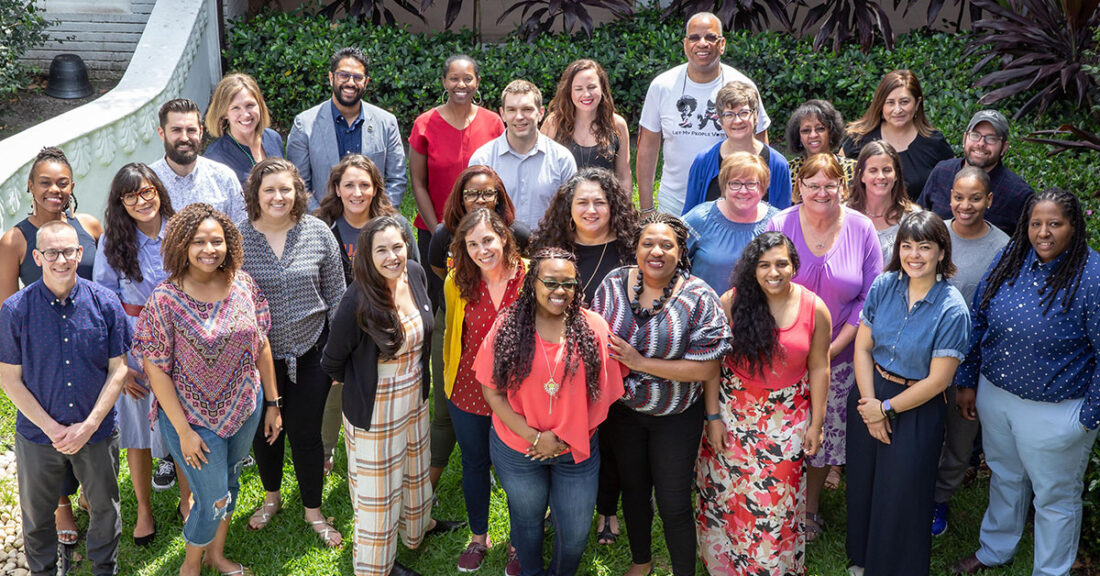The PLACES Fellowship: A Decade of Advancing Racial Equity in Philanthropy

PLACES Fellowship alumni gather in Miami
Over the past decade, the PLACES Fellowship, funded by the Annie E. Casey Foundation, has helped nearly 130 philanthropic professionals learn how to challenge longstanding inequities in their communities and within their own organizations.
“The needs of communities of color and other disadvantaged groups have too often been disregarded in philanthropy,” says Scot Spencer, associate director for advocacy and influence at the Casey Foundation. “A program like PLACES is key because it positions racial, social and economic equity at the forefront of discussions rather than treating them as afterthoughts.”
PLACES Fellows hail from across the United States and Canada and represent national, regional and community foundations that are focused on various causes — from climate change to general community improvement. The year-long program uses convening and coaching to teach participants about structural racism and how it manifests in foundations and communities. Equally important: it introduces fellows to the tools and skills needed to dismantle such systems.
The Funders’ Network for Smart Growth and Livable Communities — a membership organization representing more than 170 national, regional and place-based foundations — launched the PLACES Fellowship a decade ago. To celebrate the program’s first 10 years, the Funders’ Network has published a collection of stories featuring PLACES alumni talking about the fellowship and its impact on their professional work.
For instance, Sheena Solomon, executive director of the Gifford Foundation in Syracuse, New York, discusses how PLACES helped inspire her organization’s Nourishing Tomorrow’s Leaders program, which aims to add more people of color, young people, people with disabilities, and women to the boards of local nonprofits.
“PLACES was a true eye-opener and game-changer for me,” says Solomon, who was part of the 2012 fellowship class. “After participating, I was equipped to go to my board and discuss changes that needed to be made in our decision-making around equity.”
As part of the program, fellows have also visited sites made famous by the civil rights movement, such as Little Rock Central High School in Arkansas, which was integrated in 1957 with the oversight of National Guardsmen. During these visits, participants learn about significant events that are often glossed over by policy makers and philanthropic leaders.
“The site visits open fellows’ eyes,” says Patricia Smith, president and CEO of the Funders’ Network. “Apart from being a bonding experience for fellows, the trips remind them of the importance of the work and the systemic problems that must be fixed.”
Read more about PLACES and its accomplishments over the past decade






